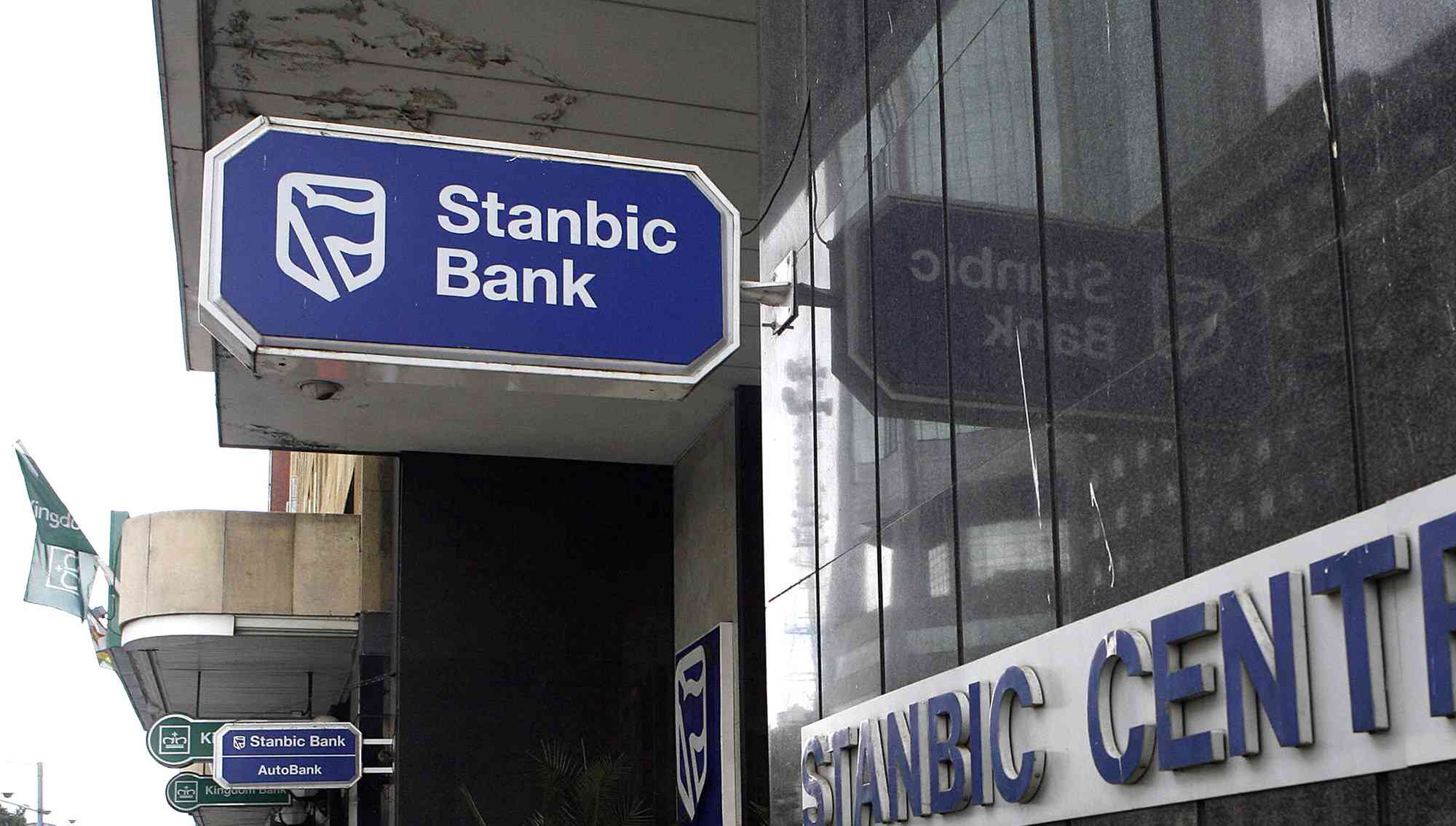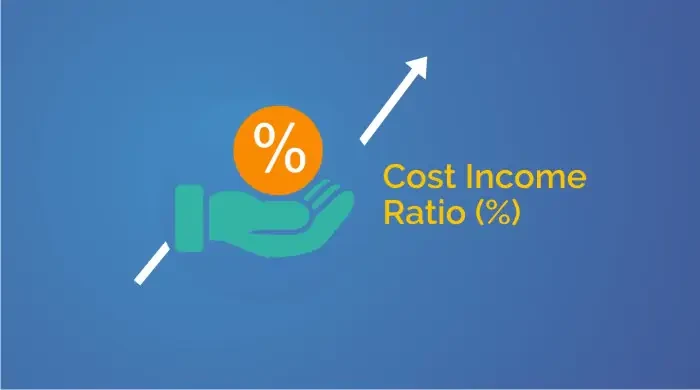
SAO PAULO — The Brazilian real and the Australian dollar are seen as the world’s most vulnerable emerging and developed currencies to the Federal Reserve’s plans to scale back the pace of its monetary stimulus, according to a Reuters poll.
Reuters
The survey suggests both currencies, which benefited for much of the past decade from a steady rise in prices for commodities such as iron ore and soybeans, will remain volatile after losing nearly 13% of their value in little more than three months.
Fourteen of 24 analysts who took part in a Reuters poll on global foreign exchange markets last week mentioned Brazil’s real as one of the most exposed to changes in US monetary policy among emerging market currencies.
Among developed market currencies, the Australian dollar was picked as vulnerable by 11 of 27 strategists in the poll. Respondents were also allowed to give multiple answers.
While emerging market countries fear the turbulence ahead, Australia — much like Japan — has actually welcomed a weaker currency as it makes domestic goods cheaper in US dollar terms, helping to boost exports.
Analysts play down the chances of a full-fledged crisis in currency markets. However, the first signs in May that the Fed was readying a possible reduction to its bond-buying stimulus plan sent shockwaves through financial markets, strengthening the US dollar.
The speed and scale of the move has caught global policymakers by surprise, threatening Brazil’s efforts against rising inflation and forcing it to sell over $30 billion in derivatives so far, a near record high.
- Chamisa under fire over US$120K donation
- Mavhunga puts DeMbare into Chibuku quarterfinals
- Pension funds bet on Cabora Bassa oilfields
- Councils defy govt fire tender directive
Keep Reading
The issue was a hot topic at the latest Group of 20 meeting in July, with International Monetary Fund Managing Director Christine Lagarde asking US policymakers for “careful phasing and clear communication.”
“Most emerging markets are likely to tolerate the recent selloff in their currencies,” said Michael Henderson, emerging markets economist at Capital Economics, in London. “But there are a few exceptions,” he added, pointing to Brazil, India, South Africa and Mexico.
Among emerging market currencies, the South African rand had 11 mentions in the poll, and the Indian rupee had six.
Among other developed markets picked in the poll, the Japanese yen had nine mentions and the euro had six. A weakening currency would bode well for a nascent recovery in some of the world’s largest economies such as Germany and Britain.
The poor record of the Brazilian real in previous bouts of market volatility and its steep gains over the past decade are some of the reasons why it is now seen as a risky trade — or in market jargon, the currency is a “high beta.”
But local issues have made matters worse, analysts said. A sluggish economy has disappointed investors, who saw Brazil as one of the world’s fastest-growing economies until 2010. Its balance of trade also worsened markedly as China’s appetite for Brazilian metals and grains has eased off.
Finally, President Dilma Rousseff’s aggressive measures to bolster the economy were seen by many as excessive meddling in the private sector, drying up foreign investors’ appetite for local equities and debt.
The result was a nearly one-sided bet against the Brazilian real on local derivatives markets. The gap between call and put options on the Brazilian real at the local exchange BM&FBovespa stretched to its widest since May 2012.
Foreigners also hold over $8 billion in short positions in the Brazilian real.
“The real has weakened because the US dollar gained, but it also slipped because Brazil got worse,” said Andre Perfeito, chief economist at Gradual Investimentos in Sao Paulo.
Brazil’s real traded at 2,2722 per US dollar on Monday, close to four-year lows. The currency, which gained over 50% from 2008 to a multi-year high of 1,53 in 2011, will not reverse any of its recent losses before mid-2014, a Reuters poll showed last week.
The South African rand and the Indian rupee ranked second and third among emerging market currencies, also due partly to local issues.
Labour tensions in the mining industry have dragged optimism about South Africa, while India’s appetite for oil and gold has widened its current account deficit to a record high of 4.
Turkey, rocked by several weeks of street demonstrations in May, was mentioned by six of the 24 respondents. The country’s aggressive intervention to pull the lira off record lows has been pointed to by some analysts as an example to India, which has struggled to convince investors that it is ready to tighten monetary conditions significantly if needed to limit currency losses.
Mexico, which boasts a much more liquid currency market than Brazil and has also been prone to volatile market swings, was mentioned by only four analysts in the poll. The country has been praised for moving forward on several market-friendly reforms.











